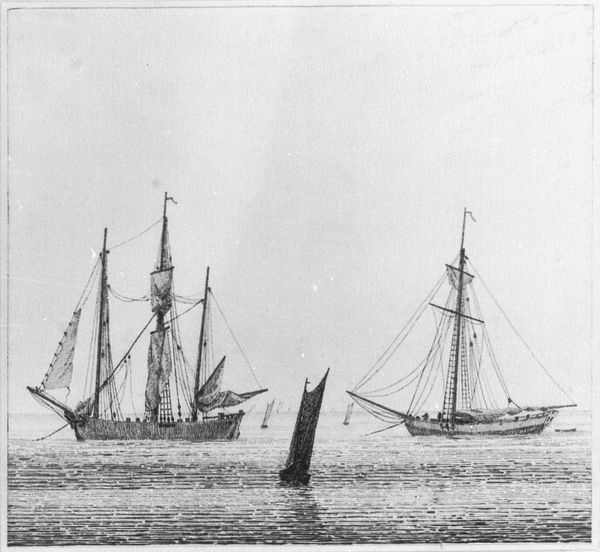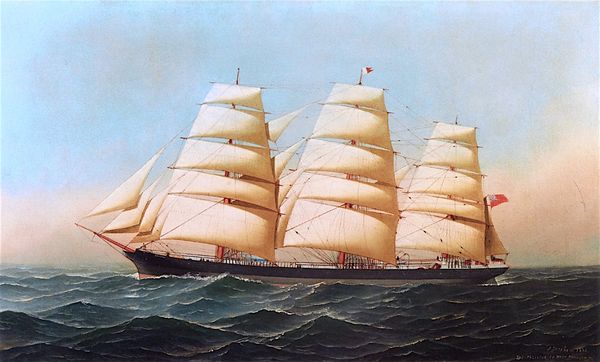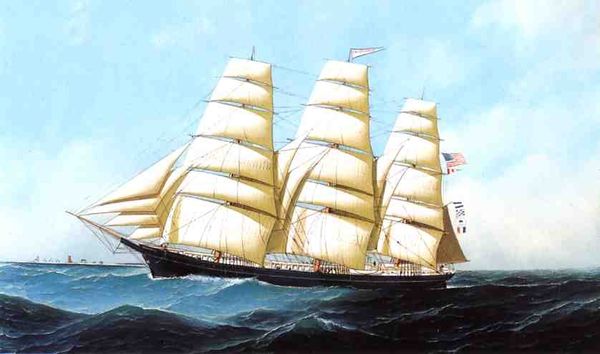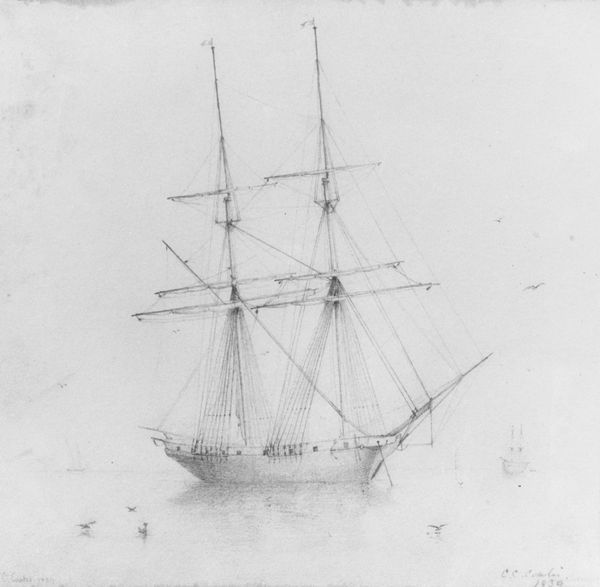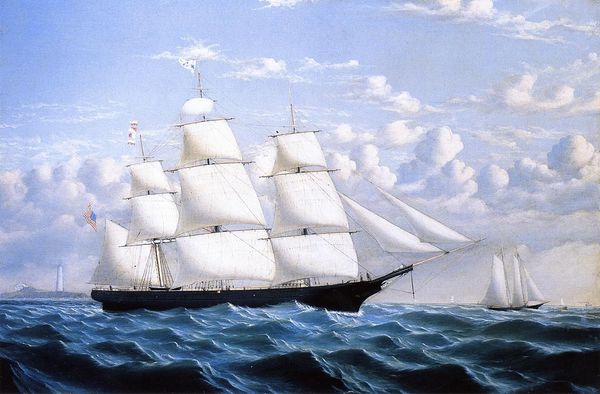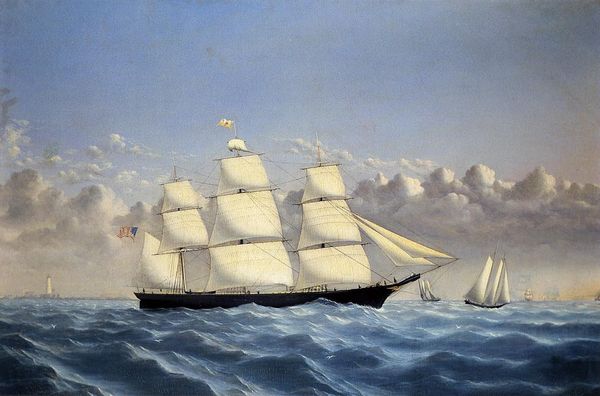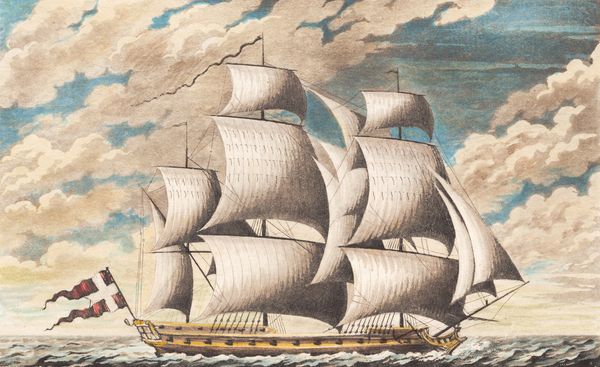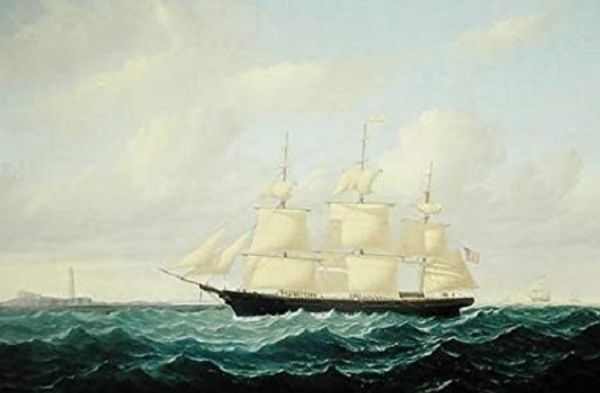
drawing, print, pencil, graphite
#
drawing
#
ship
# print
#
pencil sketch
#
landscape
#
charcoal drawing
#
pencil drawing
#
pencil
#
hudson-river-school
#
water
#
graphite
#
charcoal
#
graphite
Copyright: Public domain
Editor: Here we have "USS Princeton," made in 1843 by Currier and Ives. It looks like a pencil and graphite print of a ship cutting through some fairly turbulent water. What really strikes me is the ship's... isolation. What do you see in this piece? Curator: Well, beyond the technical skill, I see a powerful symbol, intentionally or not. Think about the 1840s in America: westward expansion, industrial growth, and a fervent belief in manifest destiny, all enabled and propelled by technological advancements like the steamboat depicted here. But this ship also evokes something darker when viewed through a critical lens. Editor: Darker how? Curator: The ship, with its clean lines and forward momentum, hides the exploited labor that fueled its production, the displacement of indigenous populations connected with its westward trajectory. That churning water beneath its hull becomes a metaphor for the unrest and injustices inherent in this "progress." Do you see that tension between the idealized image and the complex reality? Editor: I do now, especially knowing it was created at a time of territorial expansion. The ship is going somewhere, but who is paying the price for it getting there? Curator: Exactly. And consider the artists themselves, Currier and Ives, popular printmakers who profited by celebrating this vision of America. What responsibility do artists have in perpetuating dominant narratives, even if unintentionally? This artwork, while seemingly a straightforward maritime scene, compels us to engage with a complex nexus of social, economic, and ethical concerns. Editor: I’ve never thought about nautical art in quite this way, beyond the aesthetic of the ship itself. Thanks for pointing out its complex message! Curator: It's about understanding art as a product of its time, interwoven with its social and political fabric. It challenges us to examine whose stories are told and, more importantly, whose are left out.
Comments
No comments
Be the first to comment and join the conversation on the ultimate creative platform.


